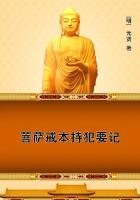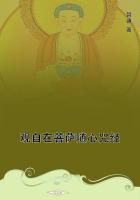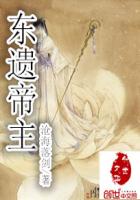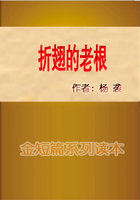But so far as the product -- the machine -- is concerned, these 100 working-days form a continuous magnitude, a working-day of 1,000 working-hours, one single connected act of production. I call such a working-day which is composed of a more or less numerous succession of connected working days a working period . When we speak of a working-day we mean the length of working time during which the labourer must daily spend his labour-power, must work day by day. But when we speak of a working period we mean the number of connected working-days required in a certain branch of industry for the manufacture of a finished product. In this case the product of every working-day is but a partial one, which is further worked upon from day to day and only at the end of the longer or shorter working period receives its finished form, is a finished use-value.
Interruptions, disturbances of the process of social production, in consequence for instance of crises, have therefore very different effects on labour-products of a discrete nature and on those that require for their production a prolonged connected period. In the one case all that happens is that today's production of a certain quantity of yarn, coal, etc., is not followed by tomorrow's new production of yarn, coal, etc. Not so in the case of ships, buildings, railways, etc. Here it is not only the day's work but an entire connected act of production that is interrupted. If the job is not continued, the means of production and labour already consumed in its production are wasted. Even if it is resumed, a deterioration has inevitably set in in the meantime.
For the entire length of the working period, the part of the value daily transferred to the product by the fixed capital accumulates in layers, as it were, until the product is finished. And here the difference between fixed and circulating capital is revealed at the same time in its practical significance. Fixed capital is advanced in the process of production for a comparatively long period; it need not be renewed until after the expiration of perhaps a period of several years. Whether a steam-engine transfers its value daily piecemeal to some yarn, the product of a discrete labour-process, or for three months to a locomotive, the product of a continuous act of production, is immaterial as far as laying out the capital required for the purchase of the steam-engine is concerned. In the one case its value flows back in small doses, for instance weekly, in the other case in larger quantities, for instance quarterly. But in either case the renewal of the steam-engine may take place only after twenty years. So long as every individual period within which the value of the steam-engine is returned piecemeal by the sale of the product is shorter than the lifetime of the engine itself, the latter continues to function in the process of production for several working periods.
It is different with the circulating components of the advanced capital. The labour-power bought for a definite week is expended in the course of the same week and is materialised in the product. It must be paid for at the end of the week. And this investment of capital in labour-power is repeated every week during the three months; yet the expenditure of this part of the capital during the week does not enable the capitalist to settle for the purchase of the labour the following week. Every week additional capital must be expended to pay for labour-power, and, leaving aside the question of credit, the capitalist must be able to lay out wages for three months, even if he pays them only in weekly doses. It is the same with the other portion of circulating capital, the raw and auxiliary materials. One layer of labour after another is piled up on the product.
It is not alone the value of the expended labour-power that is continually being transferred to the product during the labour-process, but also surplus-value.
This product, however, is unfinished, it has not yet the form of a finished commodity, hence it cannot yet circulate. This applies likewise to the capital-value transferred in layers from the raw and auxiliary materials to the product.
Depending on the length of the working period exacted by the specific nature of the product or by the useful effect to be achieved in its manufacture, a continuous additional investment of circulating capital (wages and raw and auxiliary materials) is required, no part of which is in a form capable of circulation and hence of promoting a renewal of the same operation.
Every part is on the contrary held fast successively in the sphere of production as a component of the nascent product, tied up in the form of productive capital. Now, the time of turnover is equal to the sum of the time of production and the time of circulation of the capital. Hence a prolongation of the time of production reduces the velocity of the turnover quite as much as a prolongation of the time of circulation. In the present case however the following two points must be noted:
Firstly: The prolonged stay in the sphere of production. The capital advanced for instance for labour, raw material, etc., during the first week, as well as the portions of value transferred to the product by the fixed capital, are held fast in the sphere of production for the entire term of three months, and, being incorporated in an only nascent, still unfinished product, cannot pass into circulation as commodities.
Secondly: Since the working period required for the performance of the productive act lasts three months, and forms in fact only one connected labour-process, a new dose of circulating capital must be continually added week after week to the preceding amount. The total of the successively advanced additional capital grows therefore with the length of the working period.















